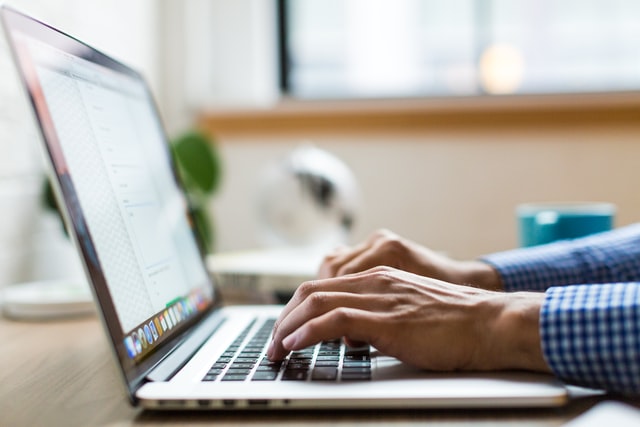Today we are bombarded by statistics presented to influence how to interpret our world. These can be thoughtful and well-meaning attempts to help us better understand or they can be malicious and deliberately meant to obfuscate or deceive.
It’s therefore important to be curious whenever you encounter a statistic. Rather than take the information at face value, see if you can pause and reflect on its message before drawing a conclusion.
To become more critical of the stats you come across, it may help to become familiar with the basic concepts of statistics. These include measures of central tendency (mean, median and mode), measures of variability (range, variance and standard deviation), and probability. It’s important to understand how these concepts relate to data and their interpretation.
Without having to become a statistician, however, you can increase your understanding by following the advice of Tim Harford, author of The Data Detective: Ten easy rules to make sense of statistics. These are:
- Search your feelings – Being human means being emotional, but it’s important to detach your feelings from the data you’re seeing. Don’t jump to conclusions just because your emotions are triggered.
- Ponder your personal experience – Learn to leverage the worm’s eye (your personal experience) view with the bird’s eye (more broad but dry scientific) view.
- Avoid premature enumeration – Be sure to fully understand before drawing conclusions. If inequality is said to have soared over the years, be sure you know what kind of inequality is being measured.
- Step back and enjoy the view – Slow down the process to fully understand the context to determine the main takeaways correctly.
- Get the backstory – Try to understand the story behind the data: where does it come from, is it reliable? Are all the findings crystal clear?
- Ask who is missing – Big data is now all the rage, but that can still lead to bias in data selection. As the author warns: do not let “N (dataset observations) = All”.
- Demand transparency when the computer says no – Big data brought with it advanced algorithms that typically brings better results but aren’t necessarily easy to interpret. Be careful not to take new methodologies as the Holy Grail.
- Don’t take statistical bedrock for granted – Though politicians and business leaders may bend statistics to fit their needs, this doesn’t mean that independent statisticians and economists are necessarily bad.
- Remember that misinformation can be beautiful, too – Behind every graph is someone likely trying to convince you of something. I think most of us have done this ourselves, which is the purpose of presenting statistics in the first place.
- Keep an open mind – Things change and therefore so should the conclusions that you draw. Remain curious and when the data changes, so too should your takeaway from the data.
You can become a lot more discerning of statistics if you remain curious and keep these rules in mind. And this is just important if you are the one presenting the statistics as well.
























